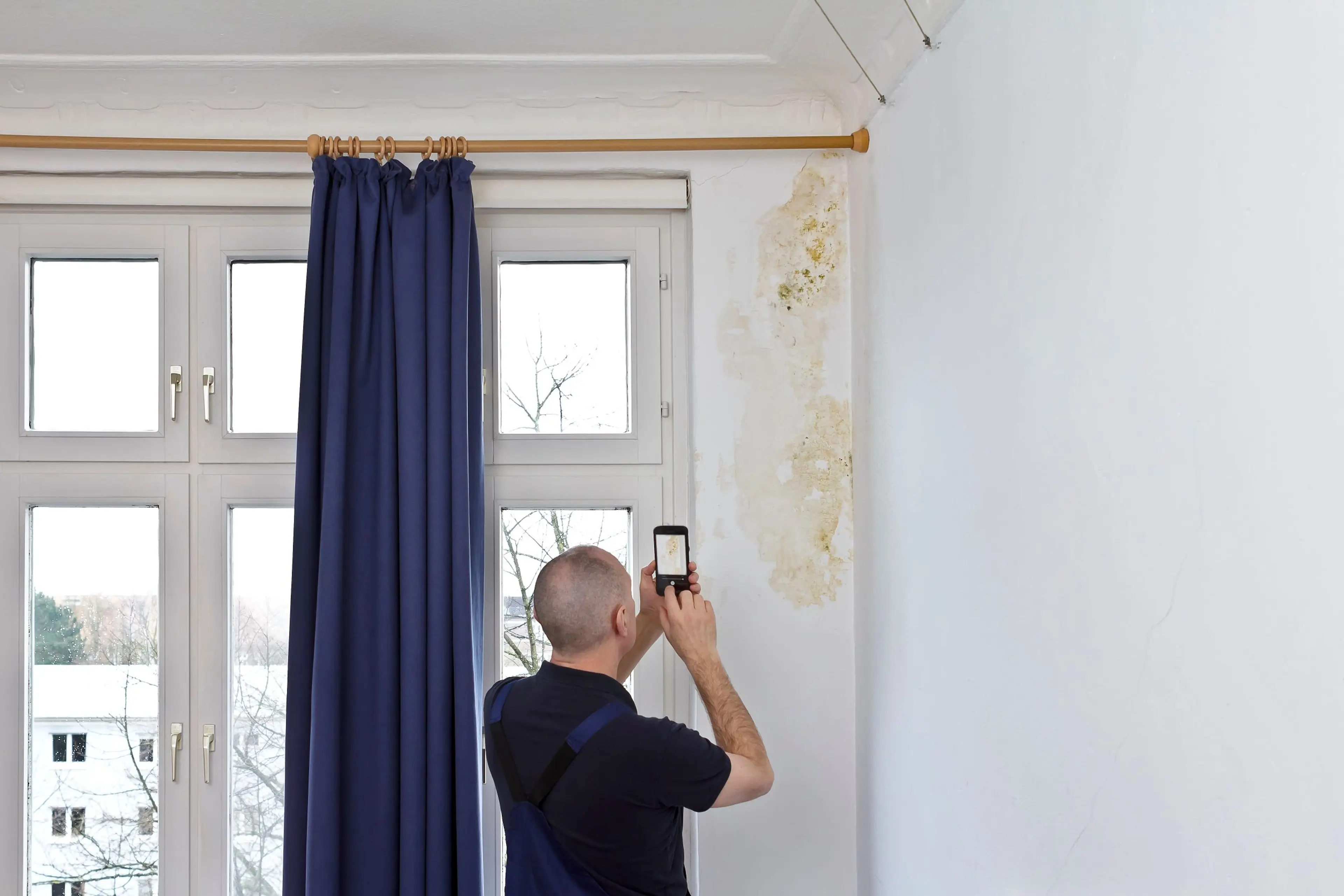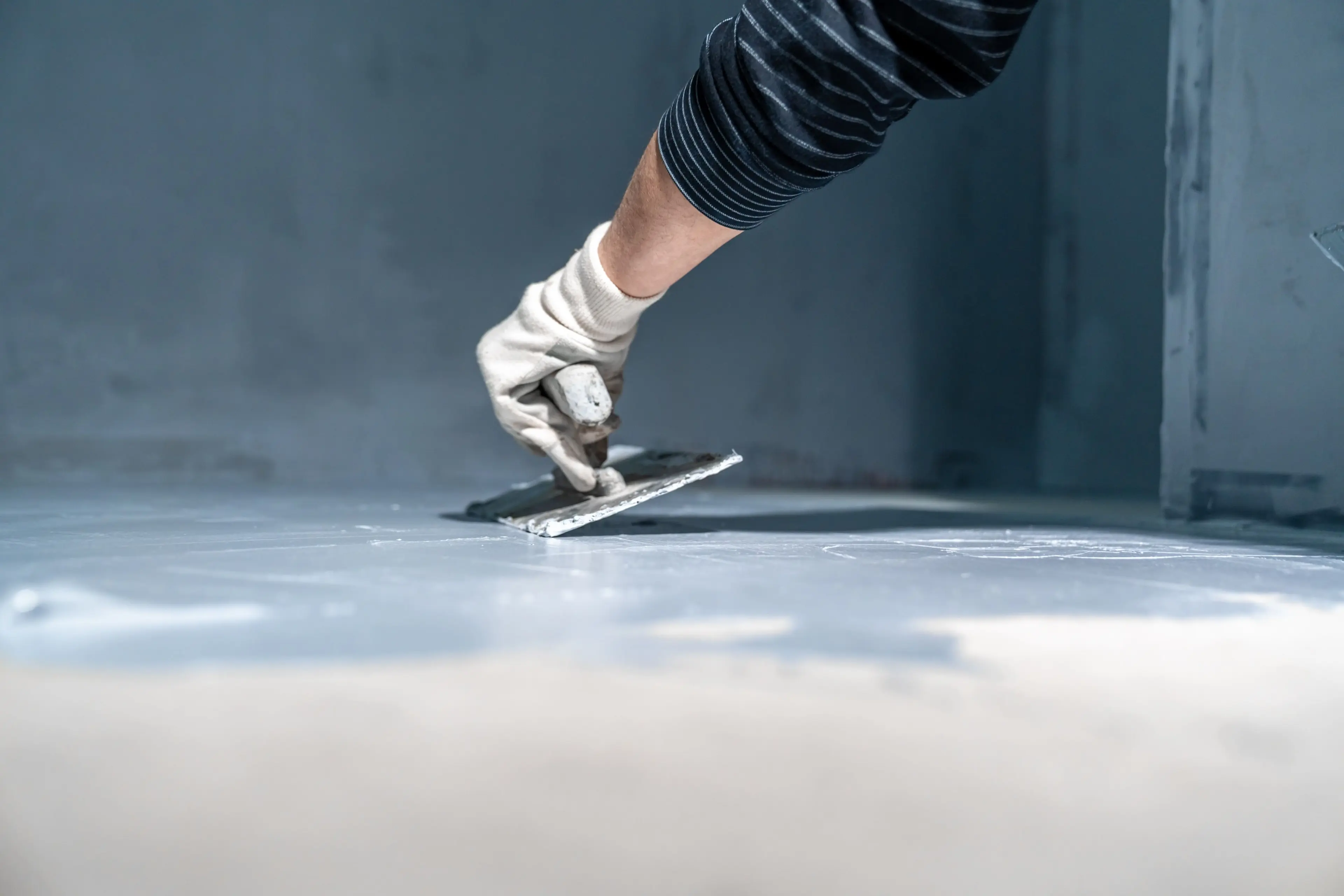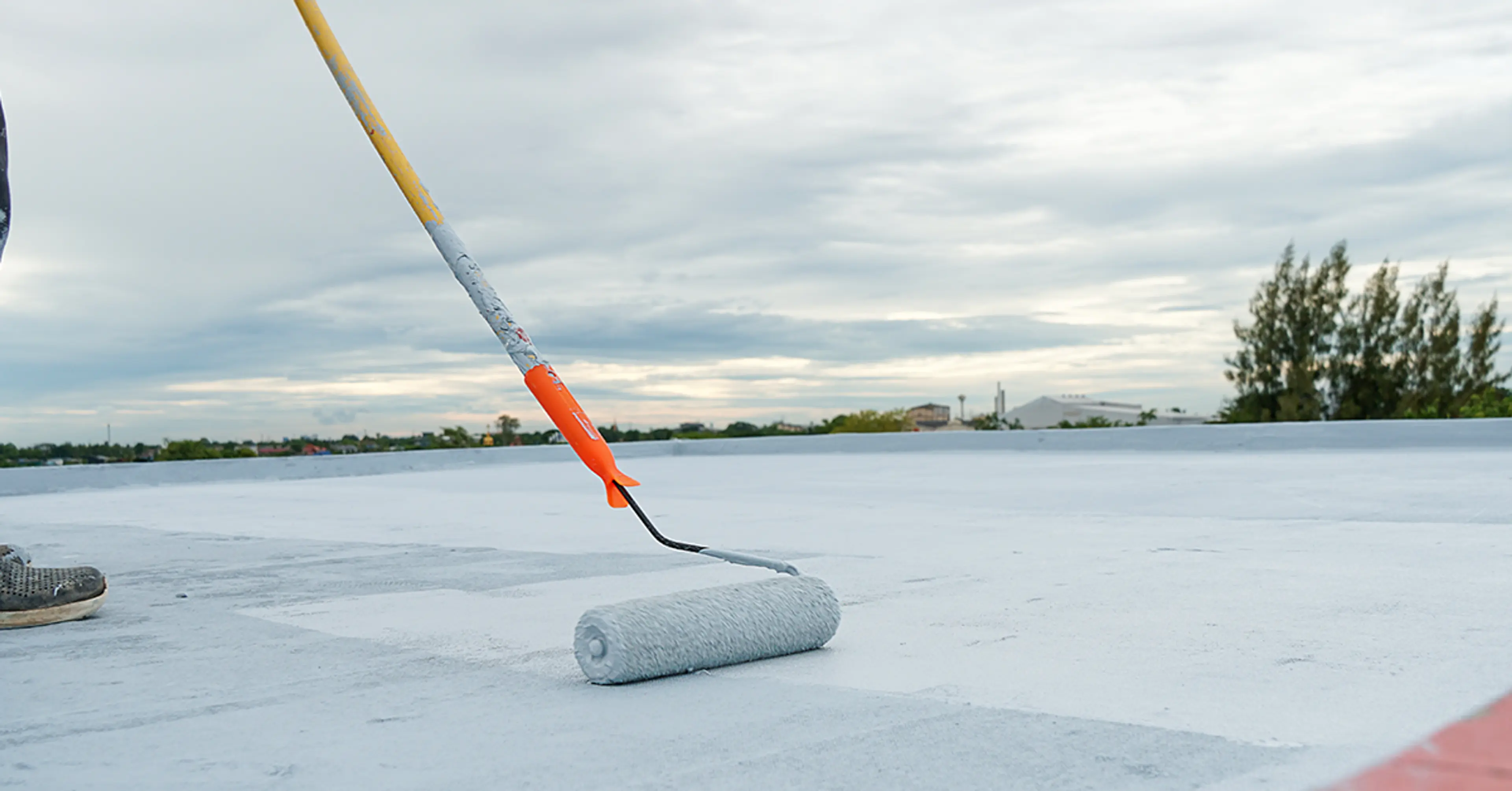Unravelling The Different Types Of Damp Issues On Walls

 Jul , 2023
Jul , 2023- Waterproofing
- 3 Min Read
As homeowners, we often encounter various challenges when it comes to maintaining the integrity and aesthetics of our homes. One such issue that can be particularly troublesome is dampness on walls. Damp walls not only compromise the structural stability of the building but also create an unpleasant living environment. In this blog, we will explore the different types of damp issues that can occur on walls, the importance of understanding these problems, and the potential consequences of leaving them untreated. Additionally, we will discuss effective solutions for each type of dampness, ensuring that your walls remain dry, sturdy, and visually appealing.
Importance Of Understanding Damp Wall Issues
Understanding the causes and consequences of dampness on walls is crucial for every homeowner. By recognizing the signs of dampness early on, you can take prompt action to prevent further damage. Damp walls not only look unsightly but can also lead to the growth of mold and mildew, which can pose health risks to the occupants. Furthermore, untreated dampness can weaken the structural integrity of the building, potentially resulting in costly repairs in the long run. By unraveling the different types of damp issues, you can equip yourself with the knowledge to tackle these problems effectively.
Potential Consequences Of Untreated Dampness
Leaving dampness untreated can have severe consequences for your home. The continuous presence of moisture on walls can lead to the deterioration of paint and plaster, causing them to crack, peel, or bubble. This not only affects the visual appeal of your interiors but also compromises the protective barrier of your walls. Moreover, moisture can penetrate deeper into the wall structure, leading to the growth of mold and mildew. These microorganisms not only release unpleasant odors but also pose health risks, particularly for individuals with respiratory issues. Additionally, untreated dampness can weaken the structural stability of the building, potentially resulting in costly repairs or even structural failure.
Three Types Of Wall Dampness
Penetrating Damp: Causes & Solution
Penetrating damp occurs when water seeps through the walls from the external environment. Common causes include damaged or porous masonry, faulty guttering, or cracks in the walls. To tackle penetrating damp, it is important to identify and address the underlying issues causing water ingress. Additionally, using a high-quality waterproofing primer like Berger Dampstop Duo can provide an effective barrier against moisture, preventing further penetration into the walls.
Rising Damp: Causes & Solution
Rising dampness is caused by water being drawn up from the ground into the walls through capillary action. This type of dampness is often observed in older buildings without proper damp-proof courses or in areas with a high water table. To combat rising dampness, it is essential to create a barrier against water ingress. Berger Dampshield Elasto Waterproofing Membrane is an excellent solution that forms a flexible and durable waterproof barrier, preventing rising dampness and protecting your walls from moisture damage.
Condensation: Causes & Solution
Condensation occurs when warm, moist air comes into contact with cold surfaces, leading to the formation of water droplets. This commonly happens in areas with poor ventilation, such as kitchens and bathrooms. To control condensation, proper ventilation is essential. Additionally, applying high-quality paint with moisture-resistance properties, such as Berger’s Latex Shield 2k, can help prevent the formation of condensation on walls and minimize moisture-related issues.
Seeking Professional Assistance To Resolve Damp Wall Issues
While some dampness issues can be addressed through DIY methods, it is often advisable to seek professional assistance, especially for more severe cases. Professional Express painters, experienced in dealing with dampness, can assess the extent of the problem and provide effective solutions tailored to your specific needs. They have the expertise to identify the root causes of dampness and recommend appropriate treatments, ensuring long-lasting results and peace of mind for homeowners.
check for any query you have about the blog
Frequently Asked Questions
A damp problem in the wall refers to the presence of excess moisture or water in the walls, which can lead to issues such as damp patches, peeling paint, mold growth, and musty odors.
Controlling dampness in walls involves addressing the root causes. This can include repairing external defects, maintaining proper drainage systems, installing damp-proof courses, improving ventilation, and using moisture-resistant paints or waterproofing products.
In India, Berger Paints offers effective solutions for damp walls. Berger Dampstop Duo is a primer with inbuilt waterproofing, Berger Dampshield Elasto Waterproofing Membrane forms a durable barrier against rising damp, and Latex Shield 2k is a moisture-resistant paint suitable for controlling condensation.
The best chemical for wall dampness depends on the specific type and severity of the issue. Silane/Siloxane-based water repellents, cementitious waterproofing compounds, and acrylic-based waterproofing products are commonly used. Choosing a high-quality chemical designed for the specific dampness issue is crucial. Consulting with professionals or trusted suppliers can help in selecting the most suitable chemical solution.




